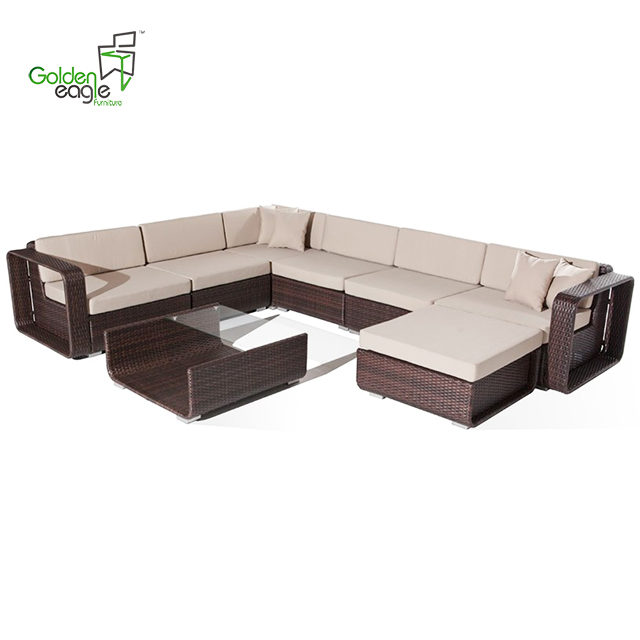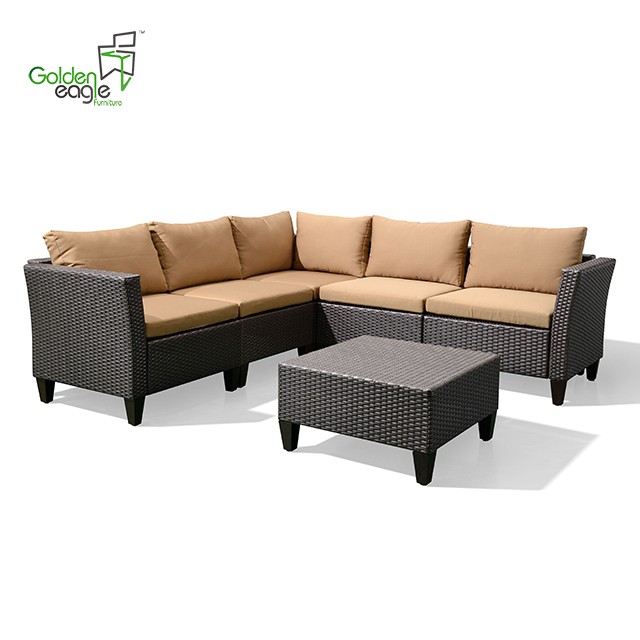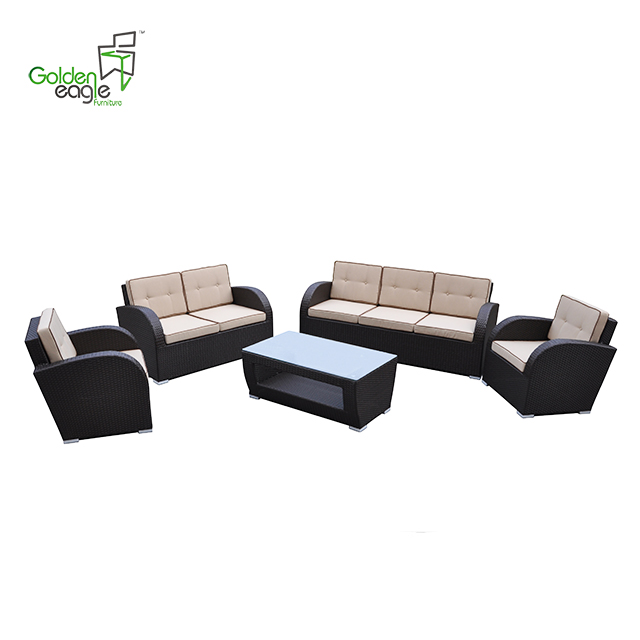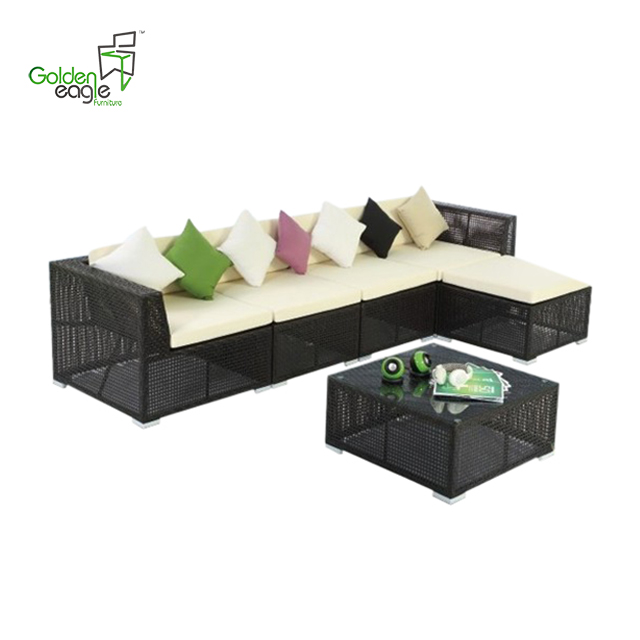Pre-press production process of the whole process of troubleshooting two
9 What items are included in the product quality check before export?
1, before the output file inspection (laser proofs check)
2, check the layout and finished product size. Single-P or dual-P output problems and verifiable bleeding sites.
3, color map placement and cutting.
1) Check whether the figure is in a horizontal position, especially the visually obvious pictures such as the architectural building diagram, the connected map of Haitian, and the vast plain map.
2) Confirmation of the quality of the bottom of the picture: whether it is refunded according to the requirements, no leakage or retreat, and the retreat shall be sleek.
4, text confirmation: the correctness of the text to reach 100%. The text is big, clear, complete, clear, correct, and correct in color.
5, color blocks, color strip color confirmation.
6, picture blur and gradient quality confirmation
7, spot color sample and color sequence confirmation.
8, require the confirmation of the revised part.
Production requirements: (based on the actual departure of film printing)
1. Determine the size of the finished product and the size of the left and right blank areas on the finished product: If the above dimensions are incorrectly identified, you will have to face the fate of re-doing the whole process after investing a lot of time and energy. The workload may be much greater than the amount of work done again;
2. Bleeding: All future objects on the finished product close to the cutting edge position must be placed at least 3 mm beyond the cutting incision. The effect of the object's closeness to the edge of the finished product will be correct after future cutting; ie A small part of objects (pictures, graphics, text, etc.) will be cut out, which is called "bleeding."
3. Image format: Pictures refer to images and graphics. Various types of pictures in computers are divided into two categories: images (also called raster images, bitmaps, and pixel maps): a picture that consists of one pixel The most common is the scanned photograph. The image is processed with specialized image processing software such as PHOTOSHOP. Graphics (also called vector graphics): It is composed of mathematical descriptions of diameters and curves. They do not exist by themselves. They are only created by specialized graphics processing software, such as those created by the drawing softwares such as FREEHAND, COREDRAW, and ILLUSTRATOR. Graphics are vector graphics.
The above two types of pictures are different in nature. The correct picture format should satisfy the following conditions: no loss of file information, small electronic file size, high efficiency when the film is separated from the film, and good versatility (acceptable by most output centers and application software). For images composed of pixels, the most common format is TIFF; for graphics, the most common format is EPS.
4. Image resolution and color space:
In order to achieve the printing level effect, the resolution of the image should be 1.5 to 2 times the number of screens in the printing (refer to the 1:1 ratio, ie, the picture should not be enlarged or reduced). For example, now the general color print is 175 lines/inch, then the size of the image (length and width cm) is determined, the resolution of the image should be 300DPI or 350DPI (number of 327 also need to take, take a multiple of 50 is better) After confirming, after installing the typesetting software, it is in principle required to no longer be able to zoom in or out. If it is absolutely unnecessary, it may be scaled from 10% to 20%. When the image is sent to the photocopy, it should be converted into CMYK color first. Do not use other color spaces such as RGB. All layers and channels should be removed when the image is stored last.
5. The size and color of the graphic:
The size of the graphics should be determined according to the size of the final printed product. Do not zoom in or out after placing the typesetting software (this will increase the time of photocopy output). The color of the graphics is generally marked with CMYK color (this can be expected to be true after printing colour).
6. Text:
If the text does not need special effects, it can't be printed out with image software such as PHOTO SHOP, and then it can be used as an image and then placed into the typesetting software (words printed in this way, the edges are imaginary); the text should generally be entered in the typesetting software, but also Typing in the graphics software, when the graphics containing the text are output in EPS format, select to convert the text into graphic selection items.
7. Registration issues:
Too small colored text or graphics (such as a thin horizontal line), if more than two colors of four primary colors need to be overprinted, blurring may occur because multiple color plates cannot be reprinted together 100%. Therefore, small text or graphics (including colored text, graphics, or colorless text, and graphics printed in two or more color backgrounds) should be as monochromatic as possible.
8. Submit documents before sending to the output center: (taking PAGEMAKER as an example).
(1) Placing a graphic in PAGEMAKER can be completely placed when the graphic is small (such as tens of K or less), that is, the graphic is completely included in the PAGEMAKER file, and the original image can be lost; but when the graphic is large, (If several hundred K, dozens of M, or hundreds of M.), if the graphic is completely inserted, the PAGEMAKER file will be too large to be manipulated and controlled, so when you place the image with an electronic dimension larger than that set by PAGEMAKER When there is a value, a query box appears: Do you include this graphic in PAGEMAKER? You should choose "No" at this time. In this way, PAGEMAKER only puts in a low-resolution pre-view that is obtained from the original but much smaller than the original image. You can operate this view, and its position fully represents the original image. This is called “linkâ€. .
(2) When PAGEMAKER encounters a picture when opening a file, it will search for the original location of the file and search for the file; if no, search the current directory; if not, a message is displayed saying that the picture cannot be found. ! You can choose "Ignore", the page will still be the same, the pre-view is still, the file can be printed, but the resolution of the image is very low, the image is very rough.
(3) To manage the links of all pictures and texts in a file (such as picture updates, replacements, etc.), use the "Link" menu under the "File" menu.
(4) After the publications are arranged, all the pictures must be collected and stored on one or several storage media together with the original PAGEMAKER file to the output center. The PAGEMAKER file should close the reference line to display the results.
Outdoor Modular seating Furniture
Modular seating furniture that is section sofa or garden set sofa, semi-round design or round design, L design sofa and so on.
Relax and unwind in thick, all-weather seat and back cushions
excellent hand weaving and sofa waterproof fabric, that is your first choice for garden relax.
· Handwoven premium resin wicker UV resistant
· Rust-resistant powder-coated frames
· Cushions included with 30 density sofa foam
· Versatile tempered glass tables
· Cushions also available with 100% waterproof fabric.
Outdoor modular seating furniture with different style and hand weaving




If you have any questions, please contact with us directly. Outdoor Sofa Furniture are produced
by Golden Eagle Outdoor Furniture With High Quality and Good Appearance. Welcome you can visit our Factory.For any inquiry,Please send mail directly to us.
Modular Seating,Wicker Sofa Set,Outdoor Sectional Sofa,Garden Outdoor Sofa
Golden Eagle Outdoor Furniture Co., LTD. , https://www.gebarset.com